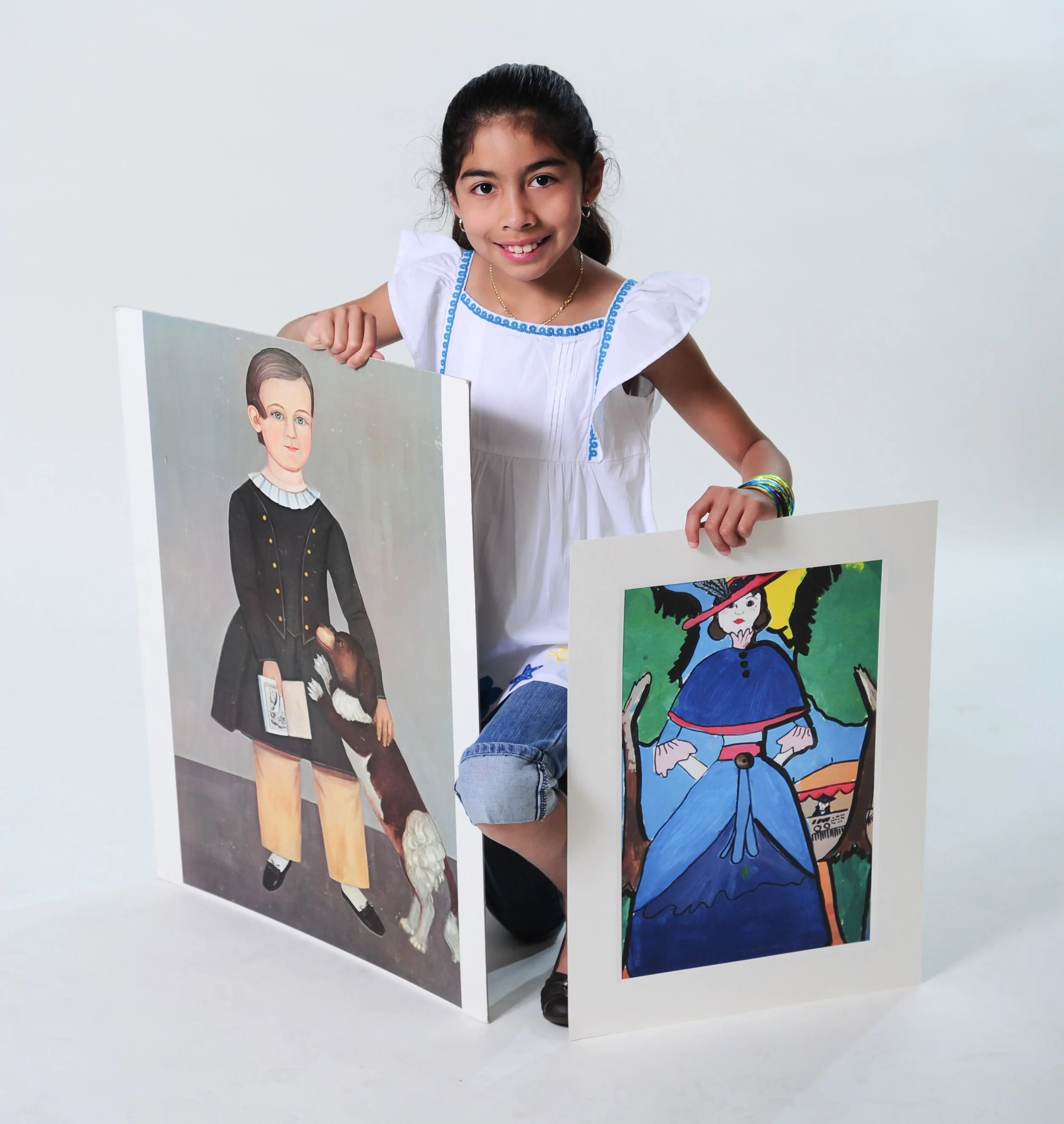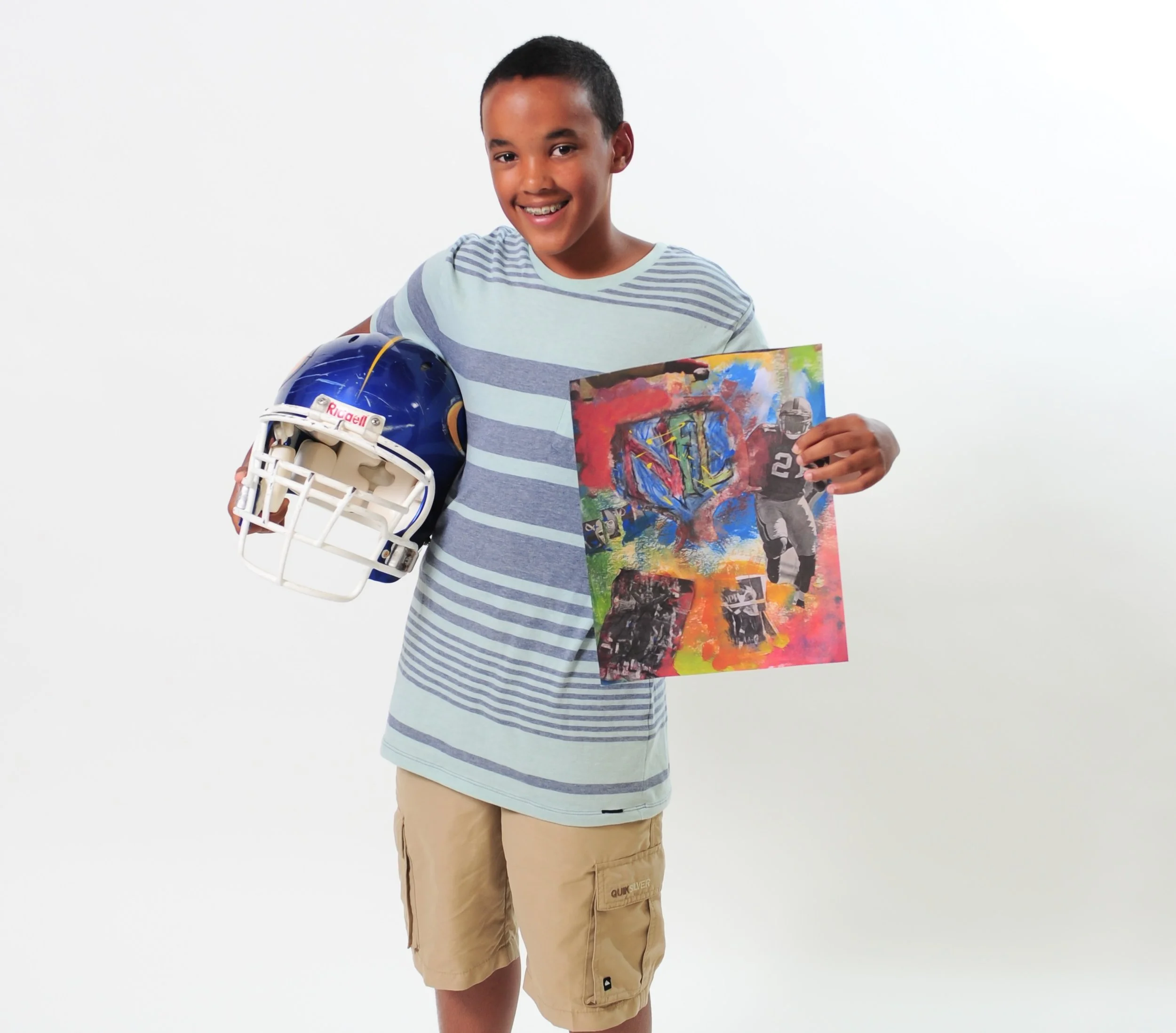Art That Unites
Building Cultural Bridges Through Art in Northern California Schools
Art has always been more than just color on canvas—it’s a language of connection, especially in classrooms across Northern California. At Art in Action, we’ve seen firsthand how a standards-based art education program can do more than develop technical skills; it can bridge cultural divides, celebrate diversity, and create inclusive school communities.
From Oakland to Sacramento, schools using Art in Action’s elementary art curriculum are finding new ways to integrate stories from around the world into their classrooms. These visual arts lesson plans don’t just teach painting or sculpture—they open doors to dialogue, empathy, and global awareness.
Honoring Cultural Diversity Through Art
Many schools in Northern California serve students from a wide range of cultural backgrounds. Our K-8 art curriculum empowers teachers to bring global art traditions into the classroom in age-appropriate, engaging ways. For instance, a fifth-grade lesson exploring the intricate patterns of Islamic tile art isn’t just about geometry and symmetry—it’s also about understanding a rich cultural heritage.
By incorporating art and cultural diversity into the curriculum, students learn to appreciate differences and recognize similarities. These lessons foster mutual respect and shared curiosity, particularly important in multicultural learning environments.
Beyond Art History: Integration That Matters
What sets Art in Action apart is its commitment to art integration curriculum that ties art into social studies, history, and literature. When students in a third-grade class study the works of Frida Kahlo, they’re not just doing an elementary artist study—they’re learning about identity, resilience, and storytelling.
Teachers are also discovering that these cross-curricular connections support creative thinking through art, deepening student engagement in both the arts and core subjects.
Empowering Teachers and Students Alike
In Northern California, where resources can vary greatly between districts, Art in Action’s budget-friendly art projects and all-in-one art education program for schools are essential tools. Teachers—many without formal art training—are supported with clear teaching art techniques, flexible lesson plans, and even professional development for art teachers.
One elementary teacher in Fremont shared that after implementing Art in Action, her students became more confident, collaborative, and expressive. “They’re not just learning about art,” she said. “They’re learning about each other.”
The Bigger Picture: Art as a Social Connector
At a time when digital screens and cultural silos can divide communities, our school art program helps students connect face-to-face, brushstroke to brushstroke. These classroom art projects give children a space to share personal stories, explore heritage, and celebrate artistic differences.
Through guided discussion and reflection built into each lesson, students are encouraged to talk about what they see, how they feel, and why art matters. This element of art and social emotional learning strengthens classroom communities and nurtures kindness and empathy.
Art in Action believes that a strong K-8 art curriculum can be a powerful bridge—linking cultures, building understanding, and creating space for every student to be seen and celebrated.





